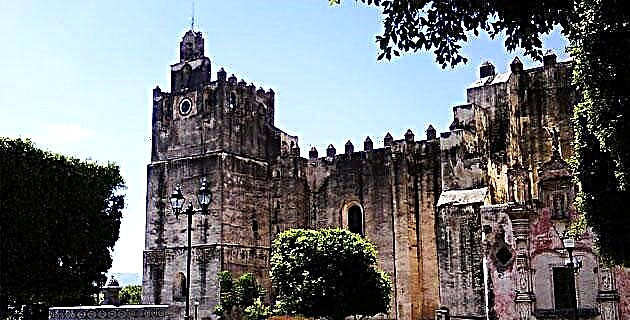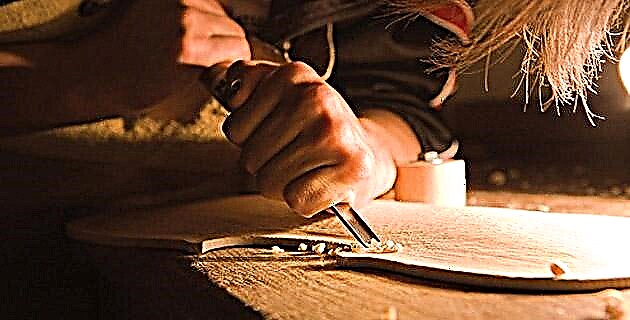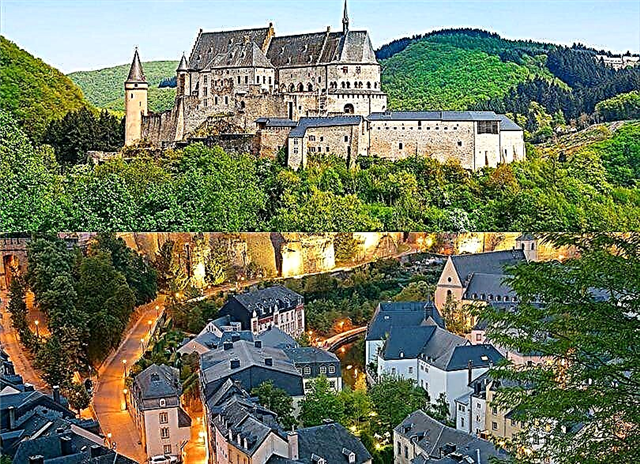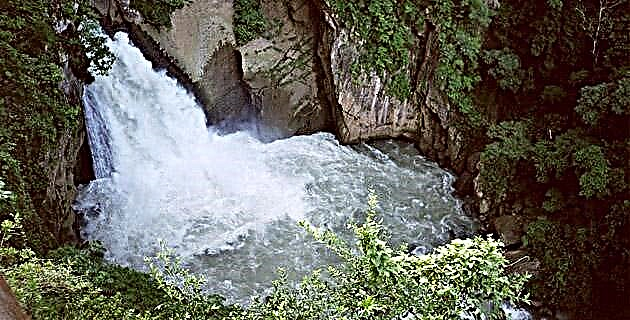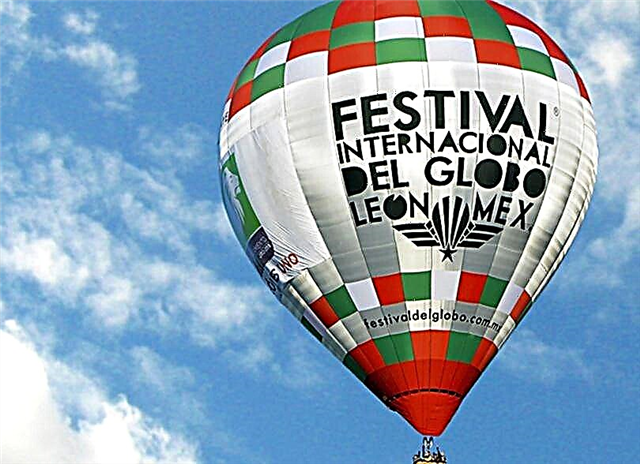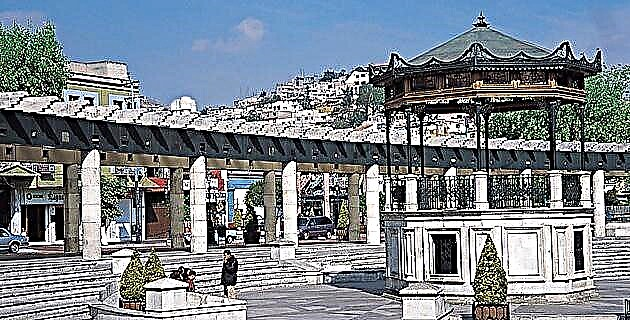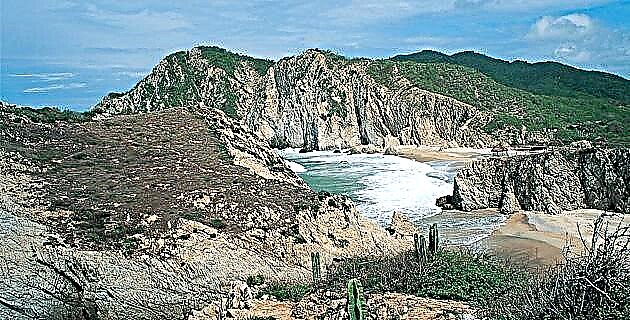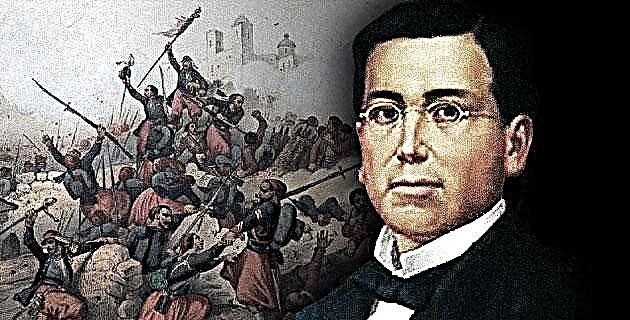
Pass him! Pass him! It is not a market, but a museum; but not for homework, but to have fun and discover. The faces and voices of its inhabitants are there.
Stop when you reach the corner of Francisco I. Madero and Isabel La Católica, where the most select jewelry of the Porfiriato was located; now in that same building, wrapped in nostalgia and humor, other objects shine that will tell you about the transformations of the capital. They are the "jewels" belonging to the collection of the writer Carlos Monsiváis (1938).
Chilango by birth, the journalist has walked the city streets, observed its corners, registered its details and related memorable moments of the Federal District. For 35 years he began his passion for collecting and since 2002 he collaborated with the capital government and the UNAM to create the Museo del Estanquillo, where intelligence serves to laugh.
At the beginning of the 20th century, the streets of Francisco I. Madero and Isabel La Católica were called Plateros and Puente del Espíritu Santo, respectively. Today, at that junction is the original collection composed of around 11,000 pieces, but due to the dimensions of the enclosure only one part is shown, which will be periodically modified. So you have plenty of material so that every season you visit, you find something new.
Write and collect
Monsivais said that "the world is a flea market." He commented that his collection comes from various places, both from antique dealers houses and from La Lagunilla. He talked about how he became a collector: “I did not have a long-term task in mind, but simply to indulge myself, to get closer to what I had always liked. I was there, when I had the opportunity to acquire some puppets from the Rosete Aranda company that had fascinated me as a child, and I reclaimed the childlike gaze. That's where I was when I returned to my passion, also from childhood, for miniatures and that has already headed towards a collection.
By the mid-eighties, the acquisitive taste had become an obsession, although it still did not happen there. It took the increase in my income (thanks mainly to serial articles, and better pay) for me to decide to increase my collections, and to include photography, then an art too ‘populist’ to be taken seriously.
Afterwards, oh gods of purchase, I have continued and persisted, and in all modesty, I have ruined myself, unable to collect my ruins. But I'm not complaining".
In the museum rooms you will walk through the history of this city and therefore the country. I recommend that you appreciate the details of the models that reproduce different urban spaces: wrestling arenas, pulquerías, public squares, butcher shops, neighborhoods ... It is a very pleasant tour in which you will also see the same maps, lithographs and engravings as photos, cartoons journalistic and posters.
A mezzanine - named after the photographer Nacho López - is dedicated to cinema. There he will remember stars of the national cinema. Site for the divas María Félix and Dolores del Río; for the icons of the Mexican male Pedro Armendáriz, Jorge Negrete and Pedro Infante; for the comedians "Tin Tán" and "Cantinflas".
Everything is infused with humor and irony, typical of Monsiváis. In fact, as the director of the Estanquillo, Rodolfo Rodríguez, explained to me, the purpose of this museum is not didactic, but playful, since it seeks to break with solemnity, it is intended to make people laugh and promote the discovery of what this city was and is .
Building
It was built between 1890 and 1892. Once it was chosen as the headquarters of the Estanquillo, its restoration began in 2003, carried out by the National Institute of Anthropology and History and the Foundation of the Historic Center of Mexico City. Thanks to these works, you will see its magnificent facade from the beginning of the 20th century. From its cafeteria you can see the Temple of Profesa and the Spanish Casino, among other buildings. One floor below is the library where you can participate in fun workshops to make a wrestler's mask, tell stories and jokes, paint, review the variety of books ... On one side, you have the projection room in which film and film series are offered. courses.
El Estanquillo is a space for irony that as a capital city or visitor to Mexico City you will enjoy.

